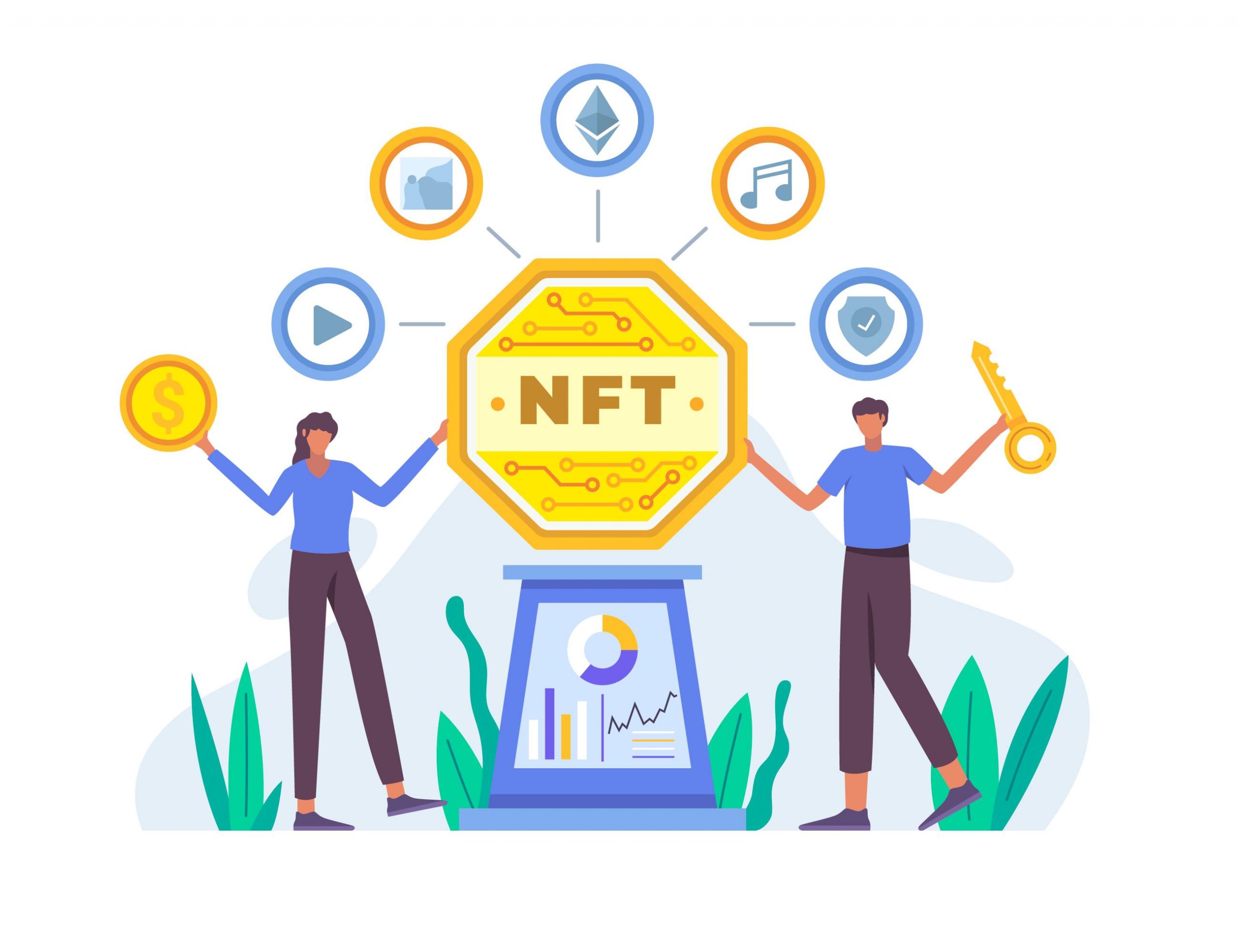From Click to Convert: Strategies for Increasing Successful Online Payment Conversions

In the world of e-commerce, the journey from a user clicking on a product to successfully completing an online payment is a critical process known as conversion. Conversions determine the success of an online business, making it essential for businesses to employ effective strategies to enhance this crucial step. In this article, we’ll explore strategies that can help increase successful online payment conversions.
1. Streamlined User Experience:
A seamless user experience is paramount to boosting conversion rates. A well-designed website with intuitive navigation, clear product descriptions, and easily accessible payment options reduces friction for users. Ensure that the checkout process is as simple and straightforward as possible, requiring minimal steps and inputs from the user.
2. Mobile Optimization:
Given the widespread use of smartphones for online shopping, mobile optimization is no longer an option—it’s a necessity. Your website should be responsive and easy to navigate on various mobile devices. Mobile-friendly payment gateways and clear call-to-action buttons contribute to a smoother conversion process for mobile users.
3. Clear Call-to-Action (CTA):
An effective CTA guides users towards the desired action—making a purchase. Use compelling and action-oriented language that communicates the value of the product and encourages users to proceed. Well-placed CTAs that stand out on the page can significantly impact conversion rates.
4. Trust Signals:
Building trust is crucial for successful conversions. Display trust signals such as security badges, SSL certificates, and well-known payment logos to assure users that their information is safe. Include customer reviews, ratings, and testimonials to establish credibility and reinforce the quality of your products or services.
5. Guest Checkout Option:
Offering a guest checkout option is particularly important for first-time customers who may not want to create an account. Asking for minimal information during checkout reduces friction and can prevent users from abandoning their carts due to a lengthy registration process.
6. Clear Shipping and Return Policies:
Be transparent about shipping costs, delivery times, and return policies. Hidden fees or unclear terms can lead to cart abandonment. Providing this information upfront helps manage user expectations and reduces the likelihood of surprises during the checkout process.
7. Abandoned Cart Recovery:
Not all users who add items to their carts complete the purchase. Implement an abandoned cart recovery strategy by sending automated reminder emails to users who left without completing the payment. Offering incentives, such as discounts or free shipping, can entice them to return and finalize the purchase.
8. Personalization and Recommendations:
Utilize data-driven insights to offer personalized product recommendations to users based on their browsing and purchase history. This can lead to cross-selling and upselling opportunities, increasing the average order value and conversion rate.
Conclusion:
From the initial click to the final conversion, the journey of online payment is a critical phase for e-commerce businesses. Implementing strategies that prioritize user experience, trust-building, and transparency can significantly increase successful conversion rates. A streamlined checkout process, mobile optimization, and clear CTAs create a user-friendly environment that encourages users to complete their purchases.
As the e-commerce landscape continues to evolve, staying attuned to consumer preferences and behaviors is key. Regularly monitor analytics to identify pain points in the conversion process and test different strategies to optimize it further. By continually refining your approach and catering to user needs, you can drive more successful online payment conversions and ultimately grow your business. Read more about Curtis Mcnulty News here.















